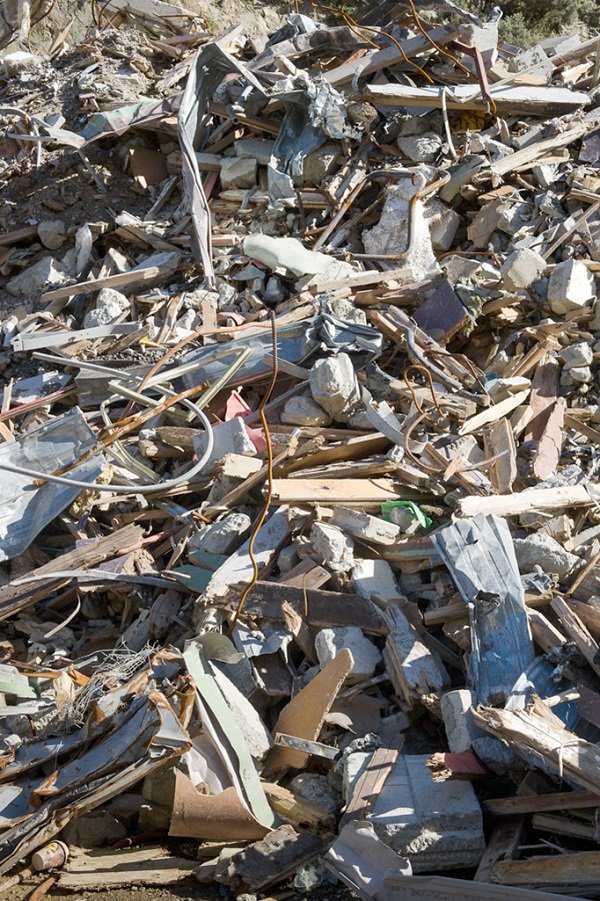REBRI's main focus is on reducing the amount of building material wastes generated at construction and demolition (C&D) sites that would otherwise be sent to landfill.
REBRI's goal is to improve resource efficiency in the building industry by providing the resources to:
- reduce waste disposal costs
- save money on raw materials
- use materials more effectively
- reduce the environmental impact from landfill disposal
- maximise the amount of waste diverted from landfills and cleanfills
- minimise contamination and damage
- meet the requirements of the construction or demolition client and the recycling operator.
-
The five Rs - reject, reduce, reuse, repair, recycle
Applying the five Rs of waste minimisation to C&D projects will lower the volume of waste going to landfill or cleanfill and reduce demand for new materials.
View more -
Benefits of reducing waste
Reducing waste is good for reducing environmental, financial and social/community impacts.
View more -
Waste Minimisation Act and the Waste Disposal Levy
The Waste Minimisation Act imposes a levy on all waste sent to landfill.
View more -
REBRI's history
REBRI began as a collaboration between Auckland City Council and BRANZ in 1995.
View more -
REBRI glossary
Some definitions of key terms related to REBRI.
View more
